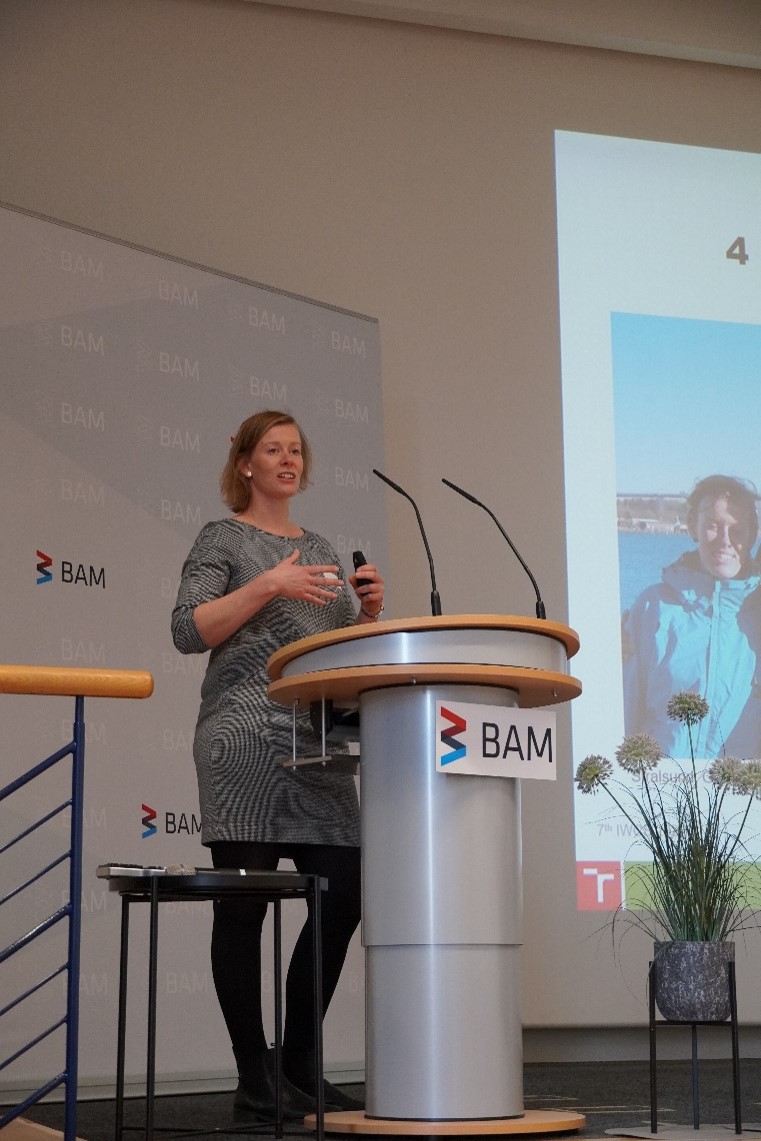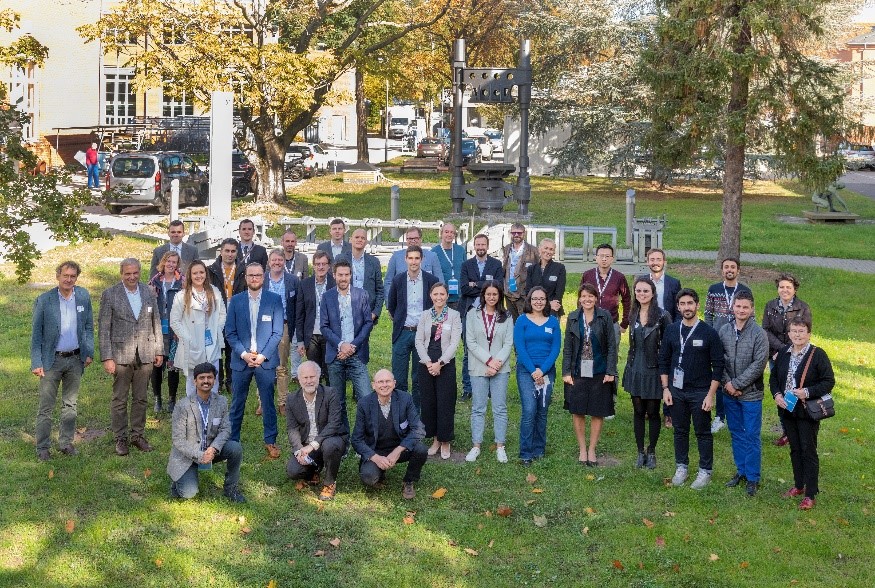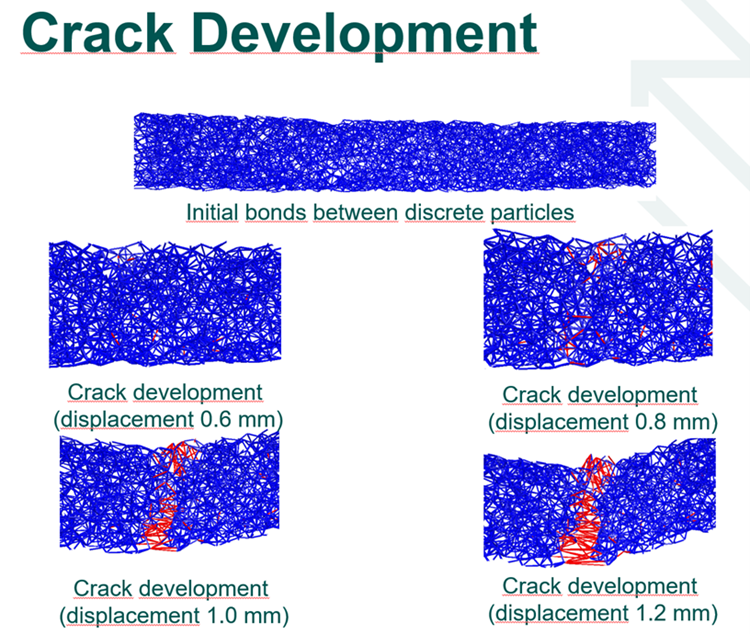Scientific events participation of RTU and UiT representatives
Two public events took place during October 2022 where Andrej Krasnikov and Iveta Novakova presented ICONDE project findings.
ICONDE team members are active with the dissemination of gained project results and actively participate at conferences and workshops. Andrejs Krasnikovs was co-organizer of Scientific conference, which takes place annually at Riga Technical University. He chaired the Engineering, Mechanics and Mechanical Engineering session on 13th of October 2022, where three articles connected to ICONDE project were published. Presentations with titles: „Experimental Investigation of short steel fibers in various temperature gradient“ and „Investigation of SFRC with different temperature concentration and its pullout tests“ were presented by Karunamoorthy Rengasamy Kannathasan, PhD student of Andrejs. The last presentation with title „Modelling Continuous Materials Using the Discrete Element Method” was given by I. Vaicis, also from Andrej´s research group at Riga Technical University, Latvia.
Furthermore, Iveta Novakova from UiT attended 7th International Workshop on Concrete Spalling due to Fire Exposure hosted by BAM (The Bundesanstalt für Materialforschung und -prüfung) in Berlin. Iveta obtained her PhD in the field of fire resistance of concrete in January 2021. The fire behaviour of concrete is a very specific area, and such knowledge can be beneficially utilised during the ICONDE project. Packaging of various hazardous waste made of concrete is assessed for many scenarios and fire event is one of them. Concrete is non-combustible material but when it is exposed to direct fire, cracks and even explosive spalling of surfaces can occur. The current solution for increasing of fire resistance is the use of polypropylene fibers in a dose between 0.5 to 2.5 kg per 1 m3. In the ICONDE project, we are integrating basalt macro- and micro- fibers and basalt boron micro-fibers with other targeted property, but those fiber might also improve fire resistance as a secondary effect. Furthermore, radioactive waste has a higher temperature when it’s cast in concrete packaging, and due to heat, drying micro-cracks or other thermal impacts can compromise concrete performance.
Iveta gained a lot of new knowledge, and also updates on Eurocodes, which are about to be issued very soon. Additionally, she had interesting conversation with Shan-Shan Huang from The University of Sheffield, who works on recycled steel and polymer fibres from used tires. Shan-Shan is also involved in project that is looking into methods for the removal of surface layer contaminated by radioactive waste cooling tangs (temporary storage). That project seems very interesting and collaboration with ICONDE might be helpful for Ignalina Nuclear Power Plant.
|
|
|
7th International Workshop on Concrete Spalling due to Fire Exposure |
| Modelling Continuous Materials Using the Discrete Element Method” was given by I. Vaicis
|


